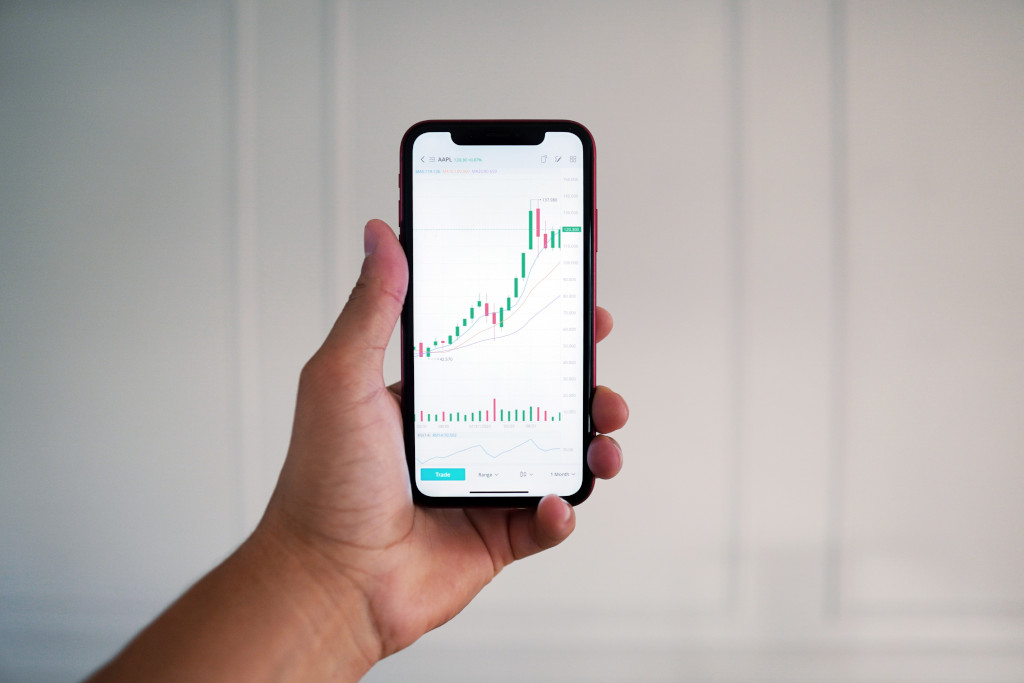Investing in index funds has gained popularity among both novice and seasoned investors. These funds offer a simple and cost-effective way to gain exposure to a diversified portfolio of stocks. However, beneath the surface, there are hidden costs associated with index fund investing that investors should be aware of. In this article, we will delve into the intricacies of these hidden costs and shed light on the various fees and expenses involved.

The Hidden Costs of Index Fund Investing: Understanding Fees and Expenses
The Basics of Index Fund Investing
Before we dive into the hidden costs, let’s briefly understand the fundamentals of index fund investing. Index funds are mutual funds or exchange-traded funds (ETFs) that aim to replicate the performance of a specific market index, such as the S&P 500 or the Dow Jones Industrial Average. Instead of relying on active management, index funds passively track the index by holding a portfolio of securities that mirrors the index’s composition.
The Hidden Costs of Index Fund Investing
Expense Ratio: The Silent Fee
One of the primary costs associated with index fund investing is the expense ratio. The expense ratio represents the annual fee charged by the fund to cover its operating expenses. It includes administrative costs, management fees, custodial fees, and other expenses. The expense ratio is expressed as a percentage of the fund’s assets under management (AUM) and is deducted from the fund’s returns.
It’s crucial to pay attention to the expense ratio, as even a seemingly small difference can significantly impact your investment returns over the long term. When comparing index funds, opt for funds with lower expense ratios, as they can save you money and enhance your overall returns.
Tracking Error: The Deviation from the Index
Another hidden cost associated with index fund investing is tracking error. Tracking error refers to the divergence between the returns of an index fund and the actual performance of the underlying index it aims to replicate. While index funds aim to closely track the index, various factors can cause discrepancies.
The primary factors contributing to tracking error include transaction costs, sampling methods, and cash drag. Transaction costs arise when the fund buys or sells securities to match the index’s composition, incurring brokerage fees and bid-ask spreads. Sampling methods involve holding a subset of securities that represent the overall index, rather than holding all the individual components. Cash drag occurs when the fund holds cash reserves to meet potential redemptions, resulting in lower returns.
Securities Lending: Borrowing for Profit
To generate additional income, some index funds engage in securities lending. Securities lending involves lending securities held by the fund to other market participants, such as short-sellers, in exchange for a fee. This practice can enhance the fund’s returns and offset some of the expenses. However, securities lending also comes with its own set of risks. If the borrower fails to return the securities, it could lead to losses for the fund and its investors.
Investors should review the fund’s prospectus to understand if securities lending is part of its investment strategy and assess the associated risks and benefits.
Dividend Drift: Unintended Consequences
Dividend drift refers to the discrepancy between the dividends received by an index fund and the actual dividends paid by the underlying stocks in the index. Index funds typically reinvest the dividends they receive from the stocks in their portfolio. However, due to timing differences and other factors, the fund may not capture the exact dividend amounts.
This can lead to a difference in total returns between the index and the fund. While dividend drift may seem insignificant, it can have a cumulative effect on long-term returns.
The Impact of Market Volatility on Index Funds
Market volatility can have a significant impact on index funds and add to the hidden costs of investing. During periods of high market volatility, index funds may face challenges in accurately tracking the performance of the underlying index. Rapid market movements, price fluctuations, and increased trading activity can lead to wider bid-ask spreads and higher transaction costs.
Moreover, volatile markets can also result in increased tracking error as the fund struggles to adjust its holdings quickly to match the index composition. It’s important for investors to understand that while index funds aim to replicate the performance of the index, there can be deviations during volatile market conditions.
The Role of Rebalancing in Index Funds
Rebalancing is a critical process in index fund investing that helps maintain the fund’s desired asset allocation. It involves periodically buying or selling securities to realign the portfolio with the index’s composition. While rebalancing is necessary to ensure the fund’s performance remains in line with the index, it can also contribute to hidden costs.
When a fund rebalances, it incurs transaction costs such as brokerage fees and bid-ask spreads. Frequent rebalancing can increase these costs and erode investment returns. Additionally, rebalancing may result in capital gains or losses, which can have tax implications for investors.
The Importance of Liquidity in Index Fund Investing
Liquidity plays a crucial role in the overall cost efficiency of index fund investing. Liquidity refers to the ease with which a security can be bought or sold without significantly impacting its price. In the case of index funds, liquidity is essential for efficient tracking of the index and minimizing transaction costs.
If the underlying securities in the index are illiquid or have low trading volumes, it can pose challenges for the fund manager. It may be difficult to buy or sell these securities at favorable prices, leading to wider bid-ask spreads and higher transaction costs.
Investors should consider the liquidity of the underlying securities when selecting index funds to ensure efficient tracking and minimize hidden costs.
FAQs (Frequently Asked Questions)
What are the advantages of index fund investing?
Index fund investing offers several advantages. Firstly, they provide broad market exposure, allowing investors to diversify their portfolios easily. Additionally, index funds tend to have lower expense ratios compared to actively managed funds. They also offer simplicity and transparency, as their holdings are publicly disclosed.
Are index funds suitable for all investors?
Index funds can be suitable for a wide range of investors. Their low costs and diversification benefits make them attractive for both beginner and experienced investors. However, investors with specific investment objectives or preferences may opt for actively managed funds that align with their strategies.
How can I minimize the hidden costs of index fund investing?
To minimize the hidden costs, start by comparing expense ratios of different index funds and opt for those with lower fees. Additionally, understand the fund’s investment strategy, including its securities lending practices and tracking error. Lastly, regularly review your investment portfolio and rebalance as needed to maintain your desired asset allocation.
Can hidden costs erode my investment returns significantly?
Hidden costs may seem small on an individual basis, but their impact can accumulate over time, potentially eroding a significant portion of your investment returns. Therefore, it’s crucial to consider these costs and select index funds that offer the best balance between cost-efficiency and performance.
Are there any tax implications associated with index fund investing?
Index fund investing can have tax implications, primarily related to capital gains. When the fund rebalances its portfolio or sells securities, it may generate capital gains or losses. These gains are then distributed to the fund’s shareholders, who are responsible for paying taxes on them. Investors should consult with a tax advisor to understand the potential tax consequences of investing in index funds.
How can I evaluate the performance of an index fund?
When evaluating the performance of an index fund, investors should consider factors such as the fund’s expense ratio, tracking error, and long-term returns relative to the underlying index. Comparing these metrics can provide insights into how efficiently the fund replicates the index and how it fares against its peers.
Conclusion
Index fund investing offers a convenient and cost-effective way to participate in the financial markets. However, it’s essential to be aware of the hidden costs associated with these investments. By understanding fees and expenses such as the expense ratio, tracking error, securities lending, and dividend drift, investors can make informed decisions and optimize their investment outcomes.
Remember, selecting index funds with low costs, closely tracking the index, and aligning with your investment objectives is key to minimizing the hidden costs and maximizing your returns.





